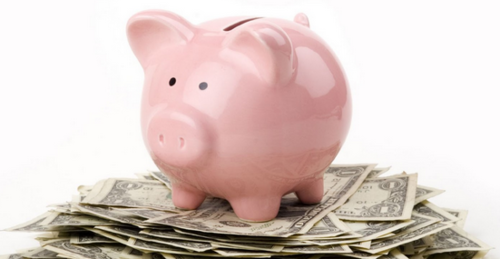Tom and Jerry had pig banks! wow
 Tom saves 10% more than his expenditure and Jerry spends 10% more than her savings. If Tom's savings is 10% more than Jerry's expenditure. What is the ratio of the total incomes of Tom and Jerry?
Tom saves 10% more than his expenditure and Jerry spends 10% more than her savings. If Tom's savings is 10% more than Jerry's expenditure. What is the ratio of the total incomes of Tom and Jerry?
This section requires Javascript.
You are seeing this because something didn't load right. We suggest you, (a) try
refreshing the page, (b) enabling javascript if it is disabled on your browser and,
finally, (c)
loading the
non-javascript version of this page
. We're sorry about the hassle.
Let's take the following assumptions to simplify the problem:
Now according to the problem, Tom saves 10% more than his expenditure. Mathematically, ( X − x ) + ( X − x ) × 1 0 % = y ⇒ 1 0 ( X − x ) 1 1 = x ⇒ X = 1 1 2 1 x ---(1)
And Jerry spends 10% more than his savings. So mathematically,
( Y − y ) + ( Y − y ) × 1 0 % = y ⇒ 1 0 ( Y − y ) 1 1 = y ⇒ Y = 1 1 2 1 y ---(2)
And also given that Tom's savings is 10% more than Jerry's expenditure. So,
y + y × 1 0 % = x ⇒ 1 0 1 1 y = x ⇒ y x = 1 0 1 1 ---(3)
Now lets enter into the simplifying part : −
Dividing (1) by (2) we get
Y X = ( 1 1 2 1 y ) ( 1 1 2 1 x ) = y x
From the equation (3), we can substitute the value of y x into the above equation and we will get
Y X = 1 0 1 1
Hence the ratio of the total incomes of Tom and Jerry is 1 1 : 1 0 . □
enjoy!